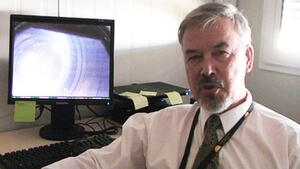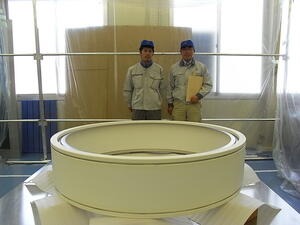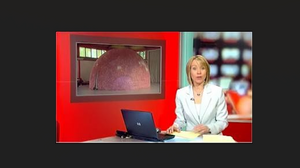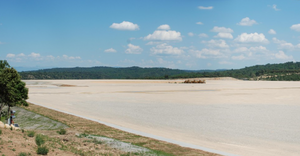What’s New
22 May 2009
ITER news digest for the period of 22 May 2009 to 22 May 2009.
In the media
Princeton University
knoxnews.com
Max Planck Institute for Plasmaphysics










